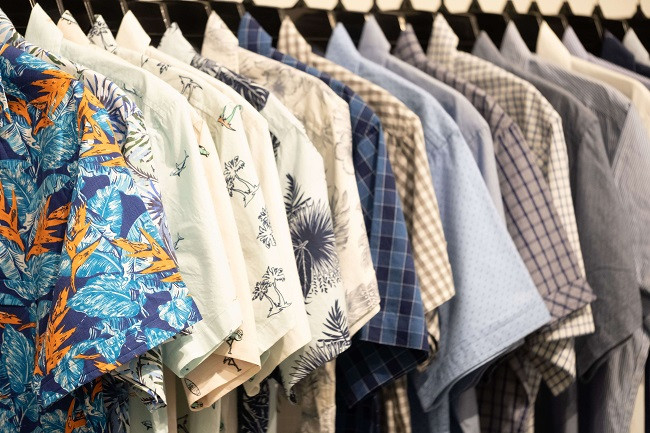Apparel exports to US jump 41.6% in Nov 2024
Bangladesh’s apparel exports to the United States, its largest single market, saw a remarkable 41.6% year-on-year growth in November 2024, reaching $613.91 million, up from $433.56 million in November 2023.
This surge marked the highest percentage increase of the year, highlighting Bangladesh’s growing competitive edge and strengthening its position in the US market during the crucial final quarter.
Despite this impressive growth, Bangladesh’s cumulative apparel exports to the US in 2024 were below 2023 levels for most months. The year began with sharp declines, including a 36.7% drop in January and a 14.2% decrease in March, according to data from the Office of Textiles and Apparel (OTEXA) under the US Department of Commerce.
Between April and August 2024, the declines moderated, ranging from 0.2% to 6.8%, suggesting a gradual stabilisation in trade flows.
Recovery gained momentum in the final quarter, with September recording an 18.4% increase, followed by a robust 26.7% growth in October, culminating in November’s record-breaking performance, data shows.
Why US buyers still find Bangladesh among top apparel sources
However, despite the strong recovery, apparel exports to the US between January and November 2024 recorded a marginal 0.44% decline compared to the same period in 2023, with earnings standing at $6.76 billion, slightly lower than $6.79 billion in 2023.
How did regional competitors do?
In contrast, India, a key competitor, achieved a 4.49% growth in value and a notable 13.26% increase in the volume of apparel exports to the US during the same period. India shipped a higher volume of garments at competitive prices, benefiting from locally sourced raw materials.
According to OTEXA data, Bangladesh’s garment shipments to the US during the first 11 months of 2024 totalled 2.17 billion square meters, marking a 3.98% increase in volume.
On the other hand, India exported $4.36 billion worth of apparel and shipped 1.27 billion square meters during the same period, compared to $4.18 billion and 1.12 billion square meters in 2023.
Bangladesh RMG export to EU logs meagre growth amid price fall
Vietnam also recorded a 4.48% increase in apparel exports to the US, earning $13.77 billion during January-November of 2024, up from $13.18 billion in the same period of 2023. The country’s garment exports rose by 9.02% in volume, reaching 3.82 billion square meters.
Meanwhile, China experienced a slight 0.30% decline in apparel export value, generating $15.22 billion during the same period. However, China’s export volume increased by 5.50%, shipping 8.58 billion square meters of garments to the US.
Overall, US apparel imports totalled $72.94 billion in the first 11 months of 2024, reflecting a modest 0.63% increase compared to the same period in 2023.
Between January and November 2024, imports from Bangladesh to the US decreased by 0.46% in value terms, while the import volume increased by 3.95%. The unit price also declined by 4.24%, indicating that while Bangladesh maintained export volumes, lower pricing impacted revenue.
Former BGMEA director Mohiuddin Rubel told TBS that this trend may be attributed to competitive market pressures, product mix shifts, or raw material price adjustments.
“We observed robust increases in US imports from Bangladesh from September through November 2024. However, it’s important to consider that November 2023 had unusually low import levels,” he noted.
Exports grow 17.72% in Dec on robust RMG
Despite the recent recovery, Bangladesh continues to lag behind other top-sourcing countries in terms of overall growth, added Rubel, who is also the additional managing director of Denim Expert Ltd.



















